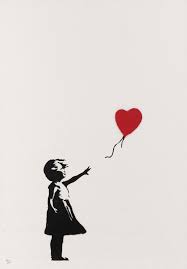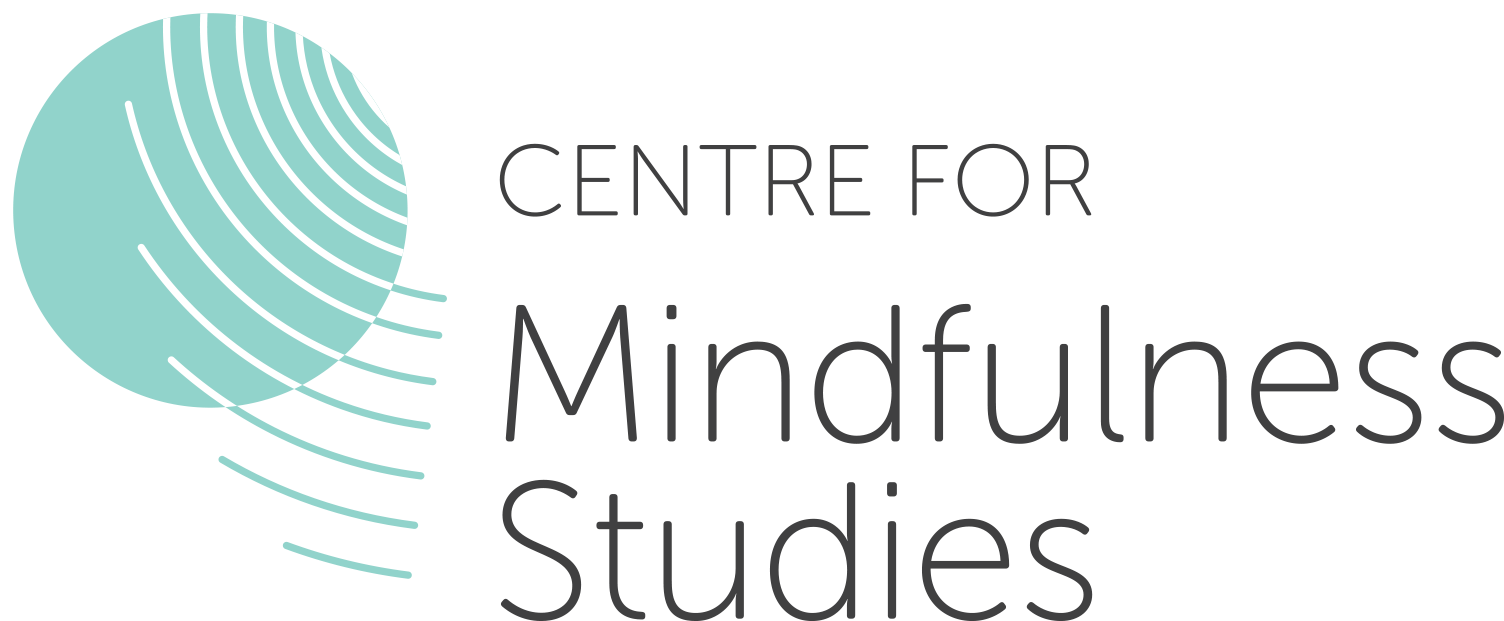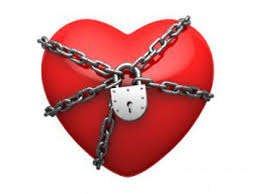How to Open your Heart

The way I’ve found to help the most is to notice when my heart is open and when it’s closed, and then practice letting go.
Why the Heart Closes
It’s important to understand why the emotional heart closes. We may think it’s because we decide to close it, but that’s not true. Actually, it closes on its own. It closes when we get triggered and automatically go into defensive mode.
If we are able to notice the closed heart, and to take a step back, we can make a different choice. We can choose to stop defending. It sounds simple, but it takes a lot of practice, because our thoughts and emotions are so strong, and our natural inclination is to believe them.
In the words of Michael Singer, author of The Untethered Soul:
“When you start to close, just question if you’re really willing to give up your happiness. You should examine what it is inside of you that believes there’s some benefit to closing. The slightest thing happens to you, and you give away your happiness. You were having a great day until someone cut you off on your way to work. It got you really upset and you stayed that way the rest of the day. Why? Dare to ask yourself that question. What good came from letting it ruin your day? There was no benefit.”
Don’t be Tricked
Our mind will tell us why we should be angry or worried or sad. It will be very convincing. It will use thoughts and emotions and bodily sensations to trick us into ignoring the obvious, which is that we really don’t want to be angry or worried or sad.
There is always a cause to our heart closing, because an open heart is what happens when you remove what’s causing it to close. I used to think otherwise. In fact, it felt as though a closed heart was my natural state. It’s still completely open only on rare occasions. But the difference in my emotional “set point” is night and day.
Completely open is a divine state. Love just flows, and there is no worry about myself. When my heart is really open, I feel free, I feel I can dance with life. I want to help everyone not to suffer.
How to Practice
So how can we practice keeping our heart open? Take a moment, right now, to stop, breathe and get in touch with your emotional state and the area around your heart. I mean it. Don’t keep reading! Stop and check in with your emotional heart. Take 3 full, natural breaths.
Does the emotional heart feel open? Or closed? Or somewhere in between?
The important thing is not how it feels, but that you notice how it feels. You don’t need to change it. Just notice it, and allow it to be exactly as it is.
Letting Go

Now do the following 3 things:
- Allow the area around your heart to relax. Allow your shoulders to relax. Don’t force anything, just let go of any resistance. Stop defending yourself against uncomfortable sensations.
- Let go of wanting things to be any different than they are. Don’t try to make unpleasant emotions go away. Let the orchestra of your heart play its tune.
- Remember that you are not your thoughts or emotions, you are the one who notices them.
You might say “what do you mean I should let go of wanting things to be different? It’s not wrong to want things to be better, to not be in pain or discomfort, to improve my life and the lives of others, to challenge injustice.” I agree! But do you need to be miserable in the process? Will being miserable help make things better? I don’t think so.
From a place of happiness and peace, you can be a lot more effective. And you just might see that you don’t really need what you thought you needed to be happy.
“The key is to keep your mind disciplined enough so that it doesn’t trick you into thinking that this time it’s worth closing. If you slip, get back up… If you have trouble remembering that, then meditate.” – Michael Singer
Start with the Small Stuff

Also, check in with your heart several times a day. Create “bells of mindfulness” to notice the sensations in your heart area, to see if your heart is open or closed. For example, do the check in every time you walk to the bathroom, or when you first wake up, or whenever you’re at a red light.
This is all about noticing, and then letting go. Noticing is mindfulness. And letting go is something to learn. It’s not about actually letting go. It’s about learning to let go.

Laurie Arron
Managing Director
The Centre for Mindfulness Studies
Mindfulness Challenge 2019
To learn and experience heart opening, I invite you to participate in Mindfulness Challenge 2019, a fundraiser to provide sustainable mindfulness programs for disadvantaged communities. On November 9, mindfulness teacher trainer extraordinaire Susan Woods and movement guru Roberta Mohler will guide us in mindfulness practices designed to cultivate a clear mind and an open heart. Anyone can do it! More info / Register

laurie@mindfulnessstudies.com

